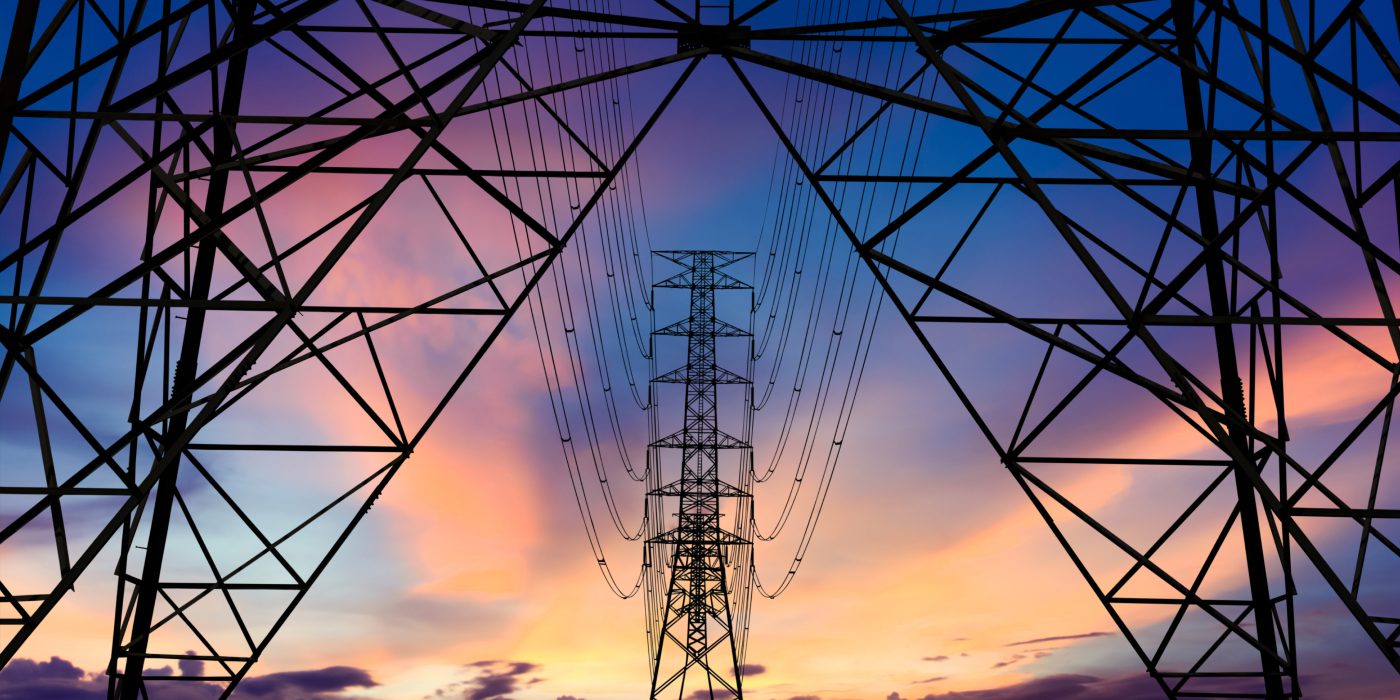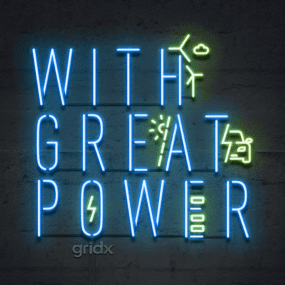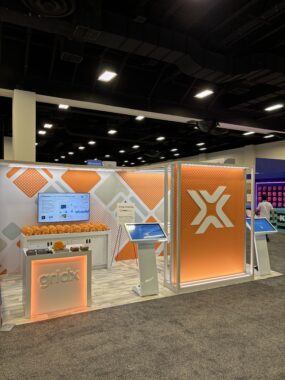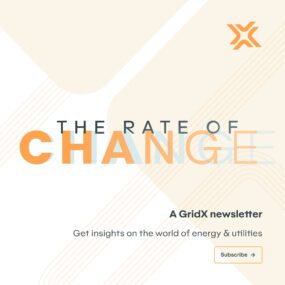Utility Company Innovation: Breaking the Tyranny of Status Quo
We need to deliver innovative and affordable customer energy solutions, all while balancing the grid.

Industries around the world are embracing emerging technologies, from the Internet of Things (IoT) and automation to machine learning and artificial intelligence. The utility sector likewise is adopting new technologies in renewable energy, sustainability, energy efficiency and utility innovation. Microgrids and smart grids, smart meters, and other solutions are meeting the demand of increased electrification and advancing the fight against emissions and climate change.
Here at GridX we are driven to deliver on our clean energy future, regardless of how complex a journey that may be.
To be successful, we must learn from others in the utility industry, from startups to established industry cornerstones. That is why we are talking to people who are instrumental in building our future grid, in our new podcast, With Great Power. Last week, Brad Langley (the show’s host and our VP of marketing), sat down with Lon Huber, Senior Vice President of Pricing and Customer Solutions at Duke Energy.
Lon and his team at the Charlotte-based energy provider have many responsibilities, from leveraging customer insights and analytics to create innovative programs to coming up with new ways to price and bundle electric utility services. At the heart of it all is this basic truth: We cannot achieve our decarbonization goals without making energy customers a significant part of the solution.
Utility company innovation is key to our clean energy future
The future of energy requires distributed energy resources (DERs) and advanced rates, among other innovative technologies and solutions, but that is not always synonymous with affordability. One of the most important roads on the journey to our clean energy future is successfully navigating that divide. Optimization of customer experience is vital to utility company innovation. When utility companies try new operating models and innovate to embrace emerging technology and meet regulatory requirements, it’s essential to keep the customer in focus.
For example, smart meters provide customers with real-time data that can help them transition to a dynamic rate plan, such as a time-of-use (TOU) pricing strategy, that can lead to significant savings on their electricity bill while decreasing the load on power plants during on-peak hours.
When asked why Huber got into energy in the first place, he said, “It’s the impact that this industry has, across multiple fronts, on the world. It’s the core of our economy, having affordable, reliable, ever-cleaning energy supply.” And he tirelessly works on developing innovative solutions to deliver that, all while leveraging customer analytics.
Balancing innovation with affordability for utility customers
Rate design is one solution for affordable, reliable, cleaner energy, but it can be complicated. Huber calls the biggest challenge (the “tyranny of status quo”), or the built-up constituencies that have a vested interest in keeping things how they are. Renewable energy statistics project that by 2025 approximately 35% of global energy generation will be through renewable sources. Modern rate plans that complement the continued rise of renewable energy are essential to maximize innovation, efficiency and customer savings.
When it comes to rate design there are many considerations to ensure that everyone is having their essential needs met, like capturing embedded costs for utilities, but keeping product offerings innovative, affordable and easy for customers to understand.
For an example of a product/initiative that gives customers an innovative distributed energy resource, while also offering the opportunity to save money, Huber points to Duke Energy’s partnership with the Ford Motor Company.
Incentives will reduce vehicle lease payments for program participants who lease an eligible electric vehicle (EV), including Ford F-150 Lightning trucks. In exchange, customers will allow their EVs to feed energy back to the grid – helping to balance it during peak demand.
Brad asks every guest at the end of the show what their superpower is in accelerating the clean energy transition. Huber pointed to his understanding of all the stakeholders and their positions. “As long as everyone is serious about change, I can pull together a solution,” he says. After our chat with him, we don’t doubt Lon’s ability to do just that.
You can hear our entire conversion with Huber here and make sure you like and subscribe to get the latest episodes when they come out.
Do you have someone you would like to hear on With Great Power? If so, let us know!

The Complex Puzzle of Rate Design
Duke Energy’s Lon Huber talks about balancing innovation with reliability and customer needs.





